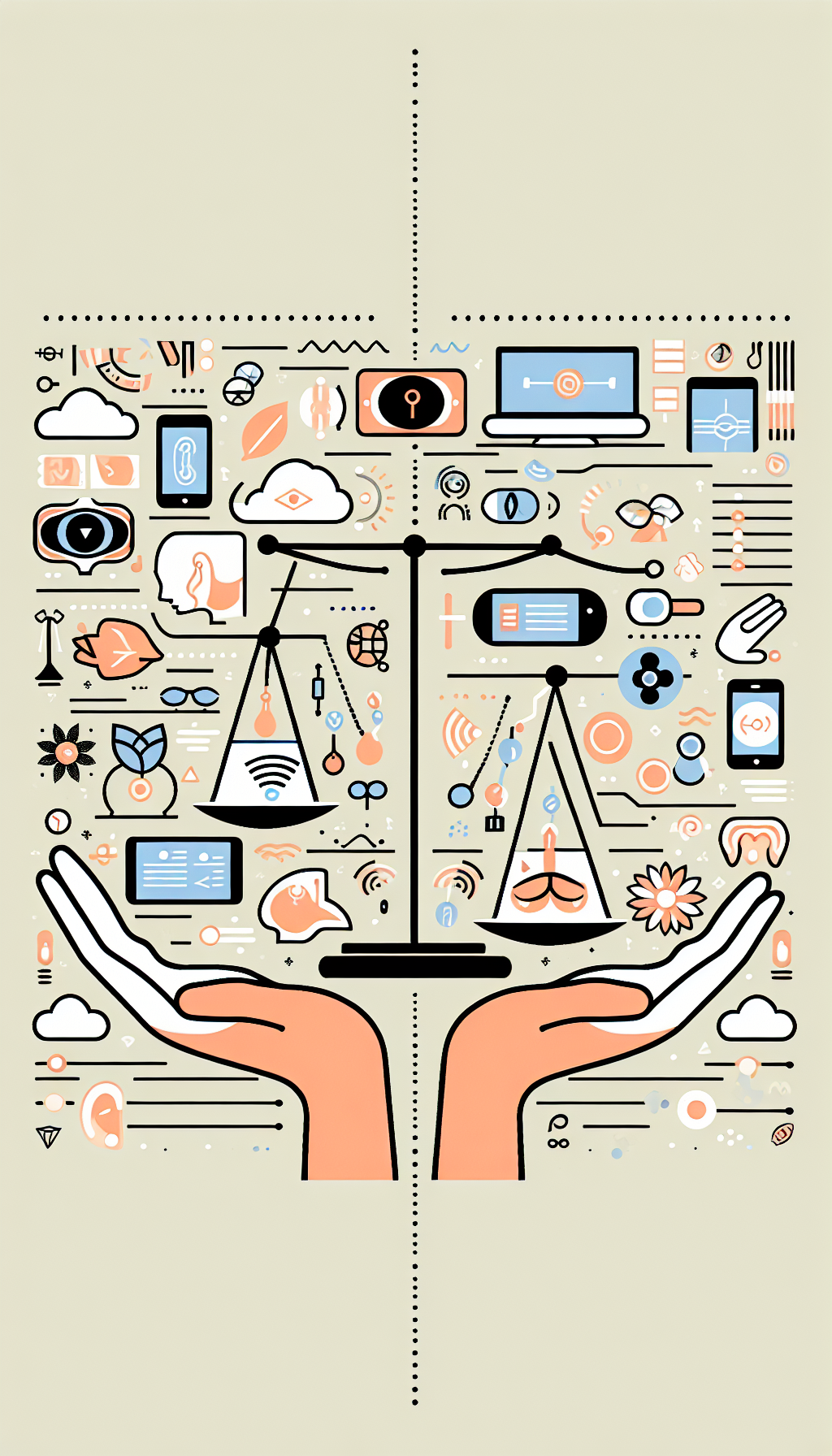In our increasingly digital world, the interplay between our sensory processing and the environments we immerse ourselves in has never been more critical. Sensory processing is the mechanism by which we receive, organize, and interpret information from our senses to behave in a meaningful & consistent manner. As we navigate through various digital landscapes, from social media platforms to virtual reality experiences, it’s essential to understand the profound effects these environments have on our sensory health.
The Digital Sensory Overload
The rise of digital technology has led to a sensory overload, where the brain is bombarded by more information than it can effectively process. This can often lead to feelings of overwhelm and fatigue. For example, the incessant notifications from our smartphones can create a perpetual state of alertness, triggering our fight or flight response and impacting our brain health. The blue light emitted by screens can also disrupt our natural sleep cycles, further adding to sensory dysregulation.
The Impact on Sensory Integration
Sensory integration is the process by which the brain organizes and interprets sensory information. Digital environments can both hinder and enhance this process. On one hand, they can introduce new stimuli at a pace that may exceed an individual’s ability to adapt. On the other hand, tailored digital experiences can serve as effective tools for sensory integration therapy, particularly for individuals with sensory processing disorders.
Sensory Processing Disorders and Digital Environments
For those with sensory processing disorders (SPD), digital environments can be both a challenge and a boon. While certain digital elements can exacerbate issues related to SPD, structured digital therapies are proving to be beneficial. Understanding the benefits of sensory integration therapy for adults with SPD is pivotal, as it can lead to improved daily functioning and quality of life.
Therapeutic Uses of Digital Media
Digital media, when used thoughtfully, can be harnessed for therapeutic purposes. Interactive apps and games designed for sensory integration therapy can help individuals with SPD to better process and respond to sensory information. These can be especially useful in sensory-friendly classroom strategies for teachers, helping students with different sensory needs to engage and learn effectively.
Digital Environments and Mindfulness
Mindfulness practices have been shown to help with sensory processing by grounding individuals in the present moment and reducing the impact of sensory overload. Digital environments can facilitate mindfulness through guided meditations or biofeedback apps, which can be particularly beneficial for those looking to improve their sensory health.
Sensory Well-being and Nature
Interestingly, digital simulations of natural environments can have a positive impact on sensory well-being. Virtual nature walks or ambient soundscapes can provide a sense of calm and restoration, akin to the benefits experienced in real natural settings. This underscores the potential for digital environments to mimic the impact of nature on sensory well-being.
Designing with Sensory Needs in Mind
The design of digital environments can greatly influence sensory processing. This includes aspects such as color schemes, sound design, and the complexity of visual elements. Employing best practices for sensory-friendly design is crucial in creating inclusive digital spaces. For instance, sensory-friendly retail environments take into account the sensory needs of all customers, ensuring a comfortable and accessible shopping experience.
External Resources
To delve deeper into the nuances of how digital environments can be tailored for sensory health, several niche resources are available. The Sensory Processing Foundation offers insights into the latest research and strategies for managing sensory processing in digital contexts. For an academic perspective, the International Journal of Sensory Design provides peer-reviewed articles on sensory design principles in digital media. Additionally, organizations like Common Sense Media provide guidance on managing digital consumption for healthier sensory processing.
The Role of Sensory Experiences in Development
Sensory experiences play a critical role in cognitive and social development. Digital environments can be designed to enhance these experiences, supporting the development of skills such as problem-solving, creativity, and emotional regulation. This is particularly evident in the role of sensory play in nurturing creativity, highlighting the importance of incorporating diverse sensory stimuli in digital learning tools.
Challenges and Considerations
Despite the potential benefits, there are challenges to consider. Overreliance on digital environments can lead to a reduction in real-world sensory experiences, which are essential for a balanced sensory diet. Ensuring that digital use does not replace physical activities and interactions is crucial for maintaining a healthy sensory balance.
Conclusion
As we forge ahead in the digital age, the impact of these environments on sensory processing becomes increasingly relevant. By understanding and addressing the challenges, and harnessing the therapeutic potential of digital media, we can create a world that supports sensory health for all. It is our collective responsibility to design and utilize digital spaces in a way that promotes sensory well-being, ensuring that technology serves as a tool for enhancement rather than a source of sensory distress.



